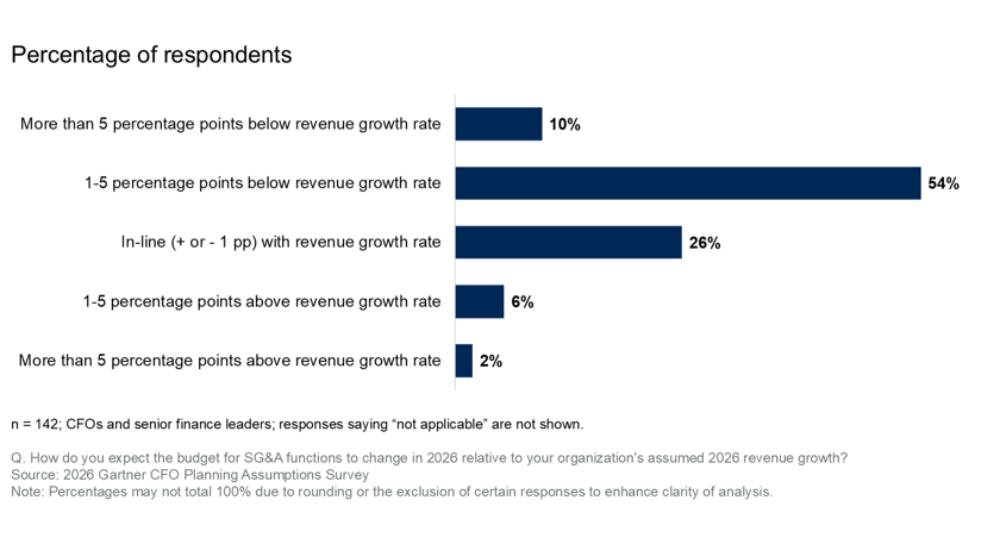Thierry Nicault, Area Vice President – Middle East and North Africa, Salesforce said, “Across every industry, leaders have been asked to be more efficient and productive as we face unprecedented headwinds and economic uncertainty. For CIOs and IT leaders, identifying where technology can drive growth, increase efficiency, and create more business value will be incredibly important in helping their organizations navigate challenging times.”
When the stakes are high, CIOs and their teams must help the entire company do more with the tools and resources at their disposal. To be successful, CIOs must embrace “business intimacy” — focusing on ensuring direct alignment with colleagues across every line of business to truly understand their needs.
CIOs can increase their relevance and ability to deliver business value by bringing a new set of skills and operating processes to the executive table during a radically different business environment.
Champion “business intimacy” as a strategy
Closely partnering with key business leaders can help CIOs prioritize amid budget constraints and deliver the technology they need to increase efficiency, improve results, and lower costs.
But to do this, they first need to understand broader business needs — what are the priorities, the pain points, the processes, the investments, and, most importantly, the technologies their colleagues are dealing with. Only once CIOs understand the full picture, can they effectively support teams in driving down costs and boosting efficiency.
According to Salesforce research, the vast majority (91%) of organizations have reported that demand for automation from business teams has increased over the last two years.
By taking the time to better understand the strategic priorities of business partners across sales, service, marketing, commerce, IT, HR, finance, and other teams, CIOs can benefit from a micro and macro understanding of business operations and technology.
Lean into operational excellence and profitability
Maintaining a durable, resilient business that can drive success now is no small feat and is increasingly challenging.
Gone are the times of “doing more with less.” The tried and tested methods that have got companies, where they are today, are not necessarily what will enable continued success in the future – especially in today’s turbulent climate. As businesses mature, companies must shift from a “high-growth at high-cost” startup mindset to one that is dedicated to operational excellence and profitability by doing “more with more.”
For CIOs, gaps in an operating model can lead to inconsistent delivery, duplicative work for teams, inconsistent roles and responsibilities, and confusion for business partners. Scaling IT support and optimising operations is the very definition of ‘more, with more’ — more operational rigor, more automation, more training, more clarity on roles and responsibilities, more flexibility and agility, and more process excellence, to name a few.
Leverage Automation and AI at every level
Today, CEOs and other leaders are focused on efficient growth, cost savings, and increased productivity. Automation and AI can achieve these goals and fuel-efficient near-term and long-term growth for technical to non-technical departments like sales, customer service, marketing, and commerce.
Automation can play an integral role in helping to reduce the ‘work of work’ that teams and individuals grapple with daily. By removing mundane, repetitive processes and tasks, automation can support every line of business in driving productivity as well as revenue.
According to a Salesforce survey of over 3,500 customers, the average company uses nearly 1,000 applications to run its business and store customer data. This isn’t efficient, effective, or affordable. Organizations using Salesforce technology are seeing, on average, an estimated 25% savings on IT costs and a 26% increase in employee productivity using Salesforce.
Companies must prioritize tools that maximize time and reduce admin – namely reporting CRM, and account/contact management – and enable teams to focus more on customer service. To reduce time switching from tool to tool, we can expect to see more businesses consolidating their tech stack over the coming months.
Together, collaborative and automation capabilities are making teams more agile and effective, helping them deliver greater value for customers and grow the business.
This will not be the last time companies need to adapt
With business intimacy, doing “more with more,” automation and AI, and a focus on productivity, CIOs can help fuel growth by increasing customer satisfaction and lowering costs. In today’s economic environment, the stakes could not be higher and CIOs will play a crucial role in ensuring success now.




